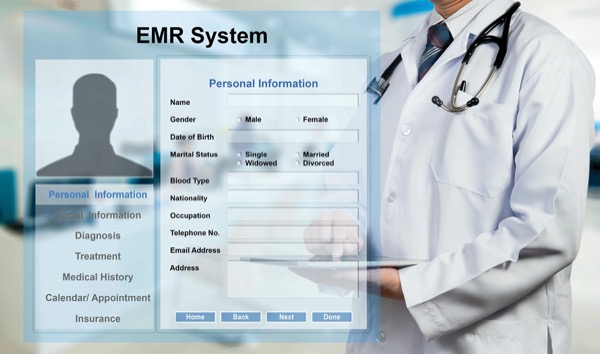NEW YORK—Customized, digital “nudges” delivered via the electronic medical record (EMR) system may help healthcare providers decide which perioperative tests are required for their patients, cutting down on excessive testing and leading to significant cost savings, according to new research presented at the 2022 PostGraduate Assembly in Anesthesiology conference.
“The purpose of this study was to evaluate whether we are ordering specific tests correctly based off of ASA [American Society of Anesthesiologists] perioperative guidelines,” said lead author Shivam Patel, DO, a resident in the Department of Anesthesiology and Perioperative Medicine, Rutgers New Jersey Medical School, in Newark.
Over one year, preoperative orders for tests were reviewed for patients classified as ASA physical status class I or II, who were scheduled for cataract surgery or carpal tunnel release.
According to the ASA, patients classified as Level I are normal, healthy patients, and do not require laboratory tests. Those with Level II have mild systemic disease, and may occasionally warrant certain lab tests (Anesthesiology 2012;116[3]:522-538).
The study (poster 350) found that both ASA I and II patients undergoing minor procedures frequently received unnecessary, costly tests around the time of surgery, resulting in a total expenditure of more than $15,000. Chief among these unneeded tests were electrocardiograms (EKGs), which were ordered 57 times, with a total cost of $12,426.
“Based on existing guidelines, these EKG orders were not indicated,” Dr. Patel said.
Dr. Patel and his colleagues hypothesized that EMR nudges could prove to be a framework that could reinforce which labs and tests might be needed for individual patients.
“For example,” he said, “if a patient has a history of anemia, a complete blood count [CBC] might be warranted, and an EMR nudge would pop up.”
Additionally, nudges would work to dissuade the unnecessary ordering of tests, such as by stating: “A CBC is not warranted according to ASA guidelines. Would you still like to order this test?”
“This can help us become more cost-effective without affecting patient care,” he said.
“Our future study in regard to this concept will be to implement this into the preadmission testing interface,” Dr. Patel added. “We would look at how both positive and negative EMR nudges would reduce costs over a certain period of time.”
Clifford Gevirtz, MD, an anesthesiologist and the medical director of Somnia Inc., in Harrison, N.Y., noted that although the idea is nice, it may be difficult to implement in private practice.
“In most private practices, it is the surgeon or the PA, NP who is ordering the tests. Anesthesiologists are usually presented with this data to digest,” he said. “Instead of a nudge, you need a ‘farturket’ (Yiddish for sharp jab) to get this change in behavior accomplished.”
Dr. Gevirtz also said: “Additionally, my definition of ASA I, II and III may differ substantially from the next practitioner, which may lead to over- or under-testing.”
This complexity was also noted by the study authors. “One of the insights this study sheds light on is that evaluating a patient for a surgery is a task that involves a combination of objective data, clinical skill experience of an anesthesiologist and the patient’s anecdotal accounts of his/her experience with health care in the past,” they wrote.
This article is from the March 2023 print issue.


